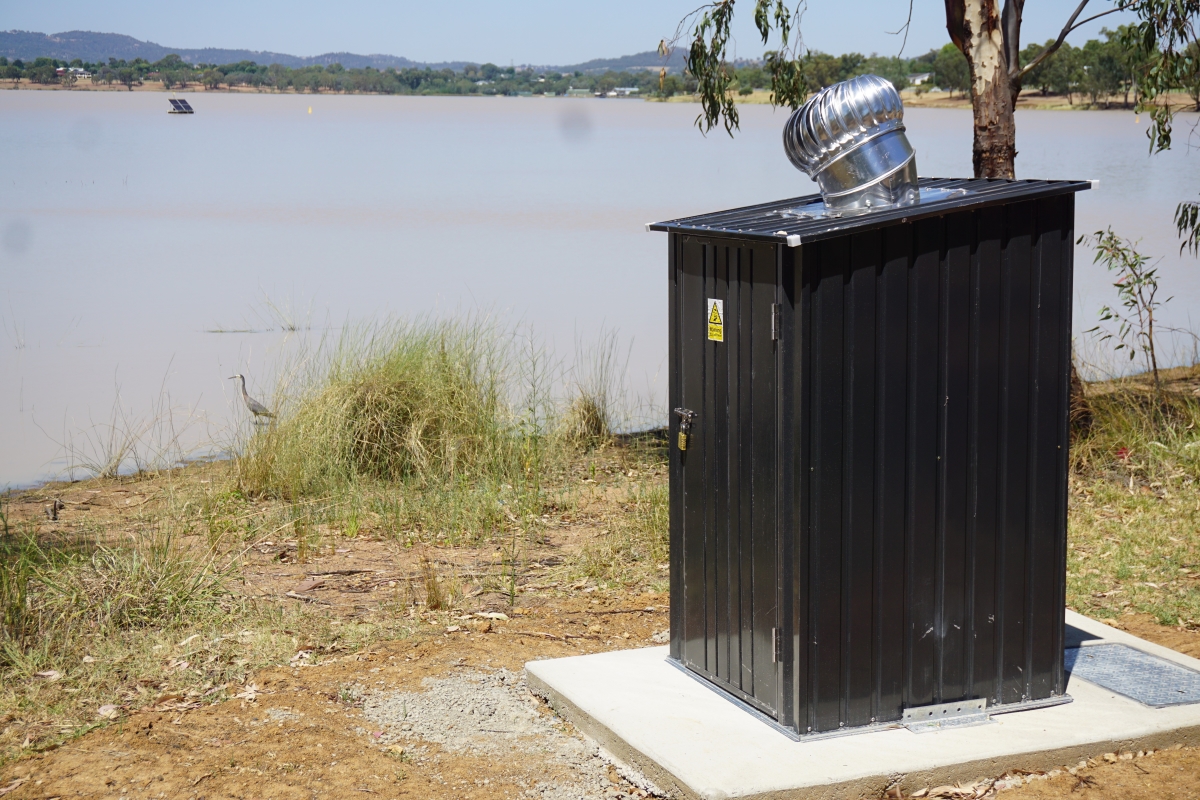NSW Department of Primary Industries (DPI) cereal pathologist Steven Simpfendorfer has advised wheat farmers to consider their management plans now prior to entering a third cropping season likely to be conducive to stripe rust.
“Good cropping years are usually good rust years where regular rainfall improves yield potential but is also conducive to rust infection,” Dr Simpfendorfer said.
“These fungal pathogens require live plant tissue, typically wheat and barley grass, to feed and survive between winter cropping seasons which is referred to as a ‘green bridge’.”
Dr Simpfendorfer said that this year’s wet, mild summer has supported a widespread ‘green bridge’ across NSW, allowing a place for stripe rust to potentially thrive before this season’s wheat crop is established.
“Farmers need to ensure they’re on top of volunteer wheat growth in last year’s paddocks as part of their overall weed control plan, which is often where the pathogen is surviving and building-up prior to sowing,” he said.
“Within the cropping season, ideally, crops should be managed to avoid significant development of spores within canopies of susceptible wheat varieties so that fungicides are being used more in a preventative rather than curative approach to disease management.”
Wheat stripe rust, caused by the fungus Puccinia striiformis f. sp. tritici, can result in up to 70 per cent yield losses in susceptible wheat varieties when not managed.
Spores from the fungus are spread over long distances by wind, but they can also be spread on clothing and vehicles that have moved through infected paddocks.
NSW DPI advises growers to be mindful of biosecurity protocols, come clean- go clean, to limit the spread of pests and diseases especially between regions and from overseas.








